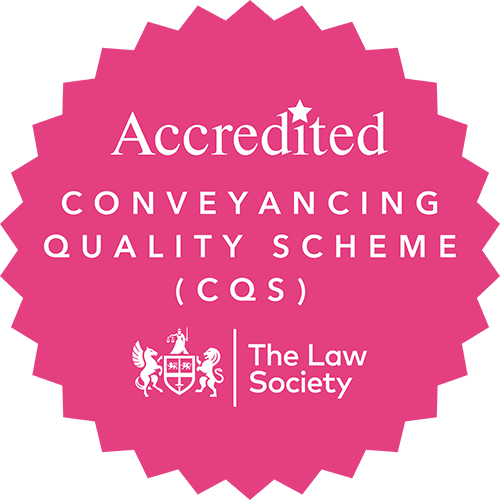Stamp Duty and VAT
Our Property team are focused on getting the best outcome for you, and they can advise you about Stamp Duty and VAT charges on your property purchase.
Free, no obligation discussion
Contact us for a free initial, no obligation discussion to assess your needs and the best way forward.
Below you will find some useful information; however we would recommend getting one of our experts on board from an early stage for a free initial no obligation discussion to ensure you get the outcome you need, at the cost that’s right for you. Please visit our Payment Options page for more details on costs.
Stamp Duty
Stamp Duty Land Tax (“SDLT”) is the self assessment tax which replaced the old stamp duty for property purchases from December 2003. Historically, documents were “stamped” with the level of duty paid whereas now a Return must be sent to the Revenue with the appropriate tax payment.
New rules were introduced on the 4th December 2014, whereby SDLT is now calculated on the part of the property price within each tax band. This replaced the single rate on the entire property price. Under the new rules on a house bought for £185,000, the first £125,000 would attract no duty, but the remaining £60,000 would attract a duty at 2% so £1,200 instead of the £1,850 payable under the old rules. The current rates are 0% up to £125,000, 2% for the slice up to £250,000, 5% for the slice to £925,000, 10% up to £1.5m and 12% over that.
From 17th March 2016, non-residential SDLT fell in line with the residential method of calculation so on the first £150,000 the rate is 0%, on the next £100,000 the rate is 2% and on the remaining portion above £250,000 the rate is 5%.
A new provision was introduced in the March 2016 budget which affects those purchasing second homes or buy to let properties and not selling their current principal residences. If certain conditions are established then on the first £125,000 the rate of duty is 3%, on the next £125,000 the rate is 5%, over £250,000 up to £925,000 the rate is 8%, over £925,000 and up to £1.5m the rate is 13% and over £1.5m the rate is 15%
Where a previous main residence is sold within 3 years of paying a higher rate on a new main residence a refund is available. That refund needs to be claimed within 3 months of the sale of that previous residence.
VAT
The general rule is that VAT is not payable on disposal of commercial property. However there is an exception which allows VAT to be charged where there has been an election to waive the exemption which is otherwise known as opting to tax. A landlord may choose to opt to tax where he wishes to recover VAT or costs associated with the property which cannot ordinarily be recovered in day to day trading. A tenant may choose to opt if he wishes to recover VAT on fitting out costs or other works not ordinarily within its day to day business. When an election has been made there is a cooling off period but once that is over the election remains in force indefinitely unless the individual or company which made the election can bring itself within very limited exceptions. Where a property is being sold and both parties are registered for VAT, VAT will not be due provided certain conditions are satisfied. Such a transaction is classified as the Transfer of a Going Concern or TOGC for short.
See also our Shops & Offices, Agricultural and Pubs, Clubs, Hotels & Restaurants fact sheets (PDF).
Contact us
Our services
Moving Home
Moving home is an experience almost every person will go through in their life and can be one of the most complex, so seeking the right advice on what will be their biggest expense for many people is crucial.
Leasehold Property
Our expert team deals with all areas of leasehold property law for both landlords and tenants, to ensure all parties interests are properly protected.
Later Life Planning
Later life planning is essential to providing you with piece of mind that what you have achieved and accomplished during your life is passed to the people you wish to benefit from it.
Relationships and Children
When a family dynamic shifts due to difficulties either between parents or children, it can be incredibly hard to know where to turn to and how to approach the situation, but we can help.


